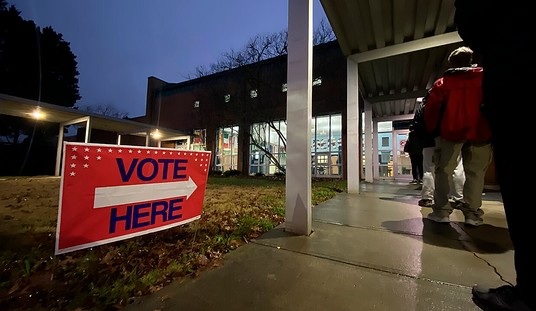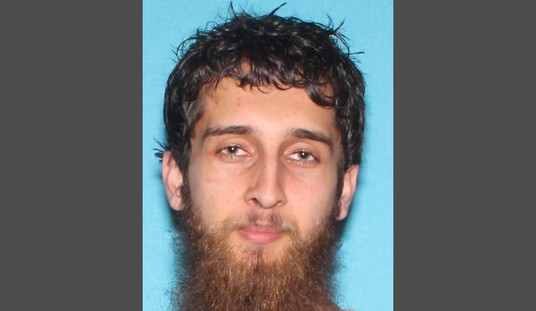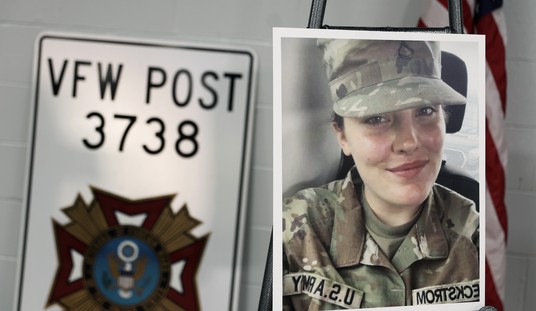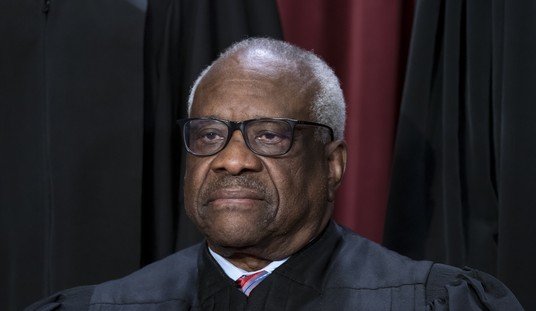The terrorists responsible for the Three-Ounce Liquids and One-Quart Ziploc Baggie rule at US and some international airports have finally been convicted in UK court, after three trials and millions of pounds in investigation and prosecution costs.
The last three defendants in “longest and costliest terrorism prosecution in British history,” the Sports Drink Suicide bomb plot case, were convicted yesterday in London of “plotting to commit murder” (good report at the NY Times). Prosecutors were unable to obtain a conviction on the charge of plotting to blow up airliners (more on that below).
The terrorists had hoped to detonate airliners in-flight with “liquid explosive inserted by syringes into plastic soft-drink bottles.” Their plot, which was pooh-poohed by cable news joke Keith Olbermann as a nonserious effort which “involved would-be hijackers who were under constant surveillance and had neither passports nor plane tickets” (a description invoked as part of a rant in which Olbermann was accusing Vice President Dick Cheney of “doing the work of terrorists”), was actually of such a severity that hearing MI-5’s report on it “would make your hair stand up,” according to Mark Mershon, then-head of the FBI’s New York field office.
The plot actually consisted of the following:
The seven flights singled out by the plotters for attack on a single day — scheduled to take off from Heathrow Airport near London within a two-and-a-half-hour span — were all flown by American or Canadian airlines and destined for New York, Washington, Chicago, San Francisco, Toronto and Montreal. Prosecutors said the intention was to sequence the attacks so closely that none of the aircraft had enough warning to overpower the plotters aboard or make emergency landings.
The terrorists’ plan for those planes, according to Mershon, was “to blow [them] up over U.S. cities to maximize casualties” for the purpose of “maximizing the potential loss of life and economic effect.” (TheTimes‘ report of prosecutors predicting “1,500 to 2,000” dead had the plot been successful appears to address only the casualties who would have been on board those flight — no those on the ground had the planes been detonated over the major cities to which they were flying).
Despite federal knowledge of the terrorists’ intent, and despite “extensive e-mail and telephone evidence implicating the men accused in the case — some of it broadcast in television documentaries” — connecting the accused terrorists to their plot to detonate passenger-filled airliners, prosecutors couldn’t convict them on that main charge because “the law in Britain, unlike in United States and many other Western countries, does not allow the introduction of evidence gained by electronic intercepts.” Due to this law, the jury wasn’t allowed to consider any of the staggering electronic evidence for the terrorists’ guilt — a fact which allowed defense attorneys to succeed in making their case “that the prosecution failed to prove that [the defendants] knew that the targets of the bombings were to be aircraft.”
Though the evidence gathered through electronic surveillance was inadmissible in court, long-term monitoring carried out by British authorities (with significant American assistance) did play a major role in the tracking and eventual rolling up of the terrorists involved in the plot.
According to the Times, Jurors were allowed to view “martyrdom videos” by several defendants, including a video of terrorists Waheed Zaman, who said, “I warn you today so that you will have no cause for complaint…Remember, as you kill us, you will be killed; as you bomb us, you will be bombed.”
The case, which was a high-profile victory for US and UK counterterror efforts during the last years of the Bush and Blair administrations, highlighted the vulnerability of Western nations to the threat of Pakistan-based radical Islamist terror not just in the hinterland of Central Asia, but in their own sphere. It also served to illustrate the absurdity of a legal system in which massive quantities of evidence about terror plots and efforts cannot be admitted into court due to ultra-liberal court rulings prohibiting the admission of terrorist surveillance data into evidence.
In the end, all but two of the ten terrorist plotters brought to trial (of the 25 originally arrested) were convicted. “Three other men, including the plot’s alleged overseer in Britain, …were convicted of the airliner bombing charge at the second trial last year and sentenced to life in prison. Two other men were convicted last year of the conspiracy to murder charge, after being acquitted earlier on the airliner bombing charge.” These three, also convicted on the latter charge but not on the former, may be facing “life” sentences as well.












Join the conversation as a VIP Member